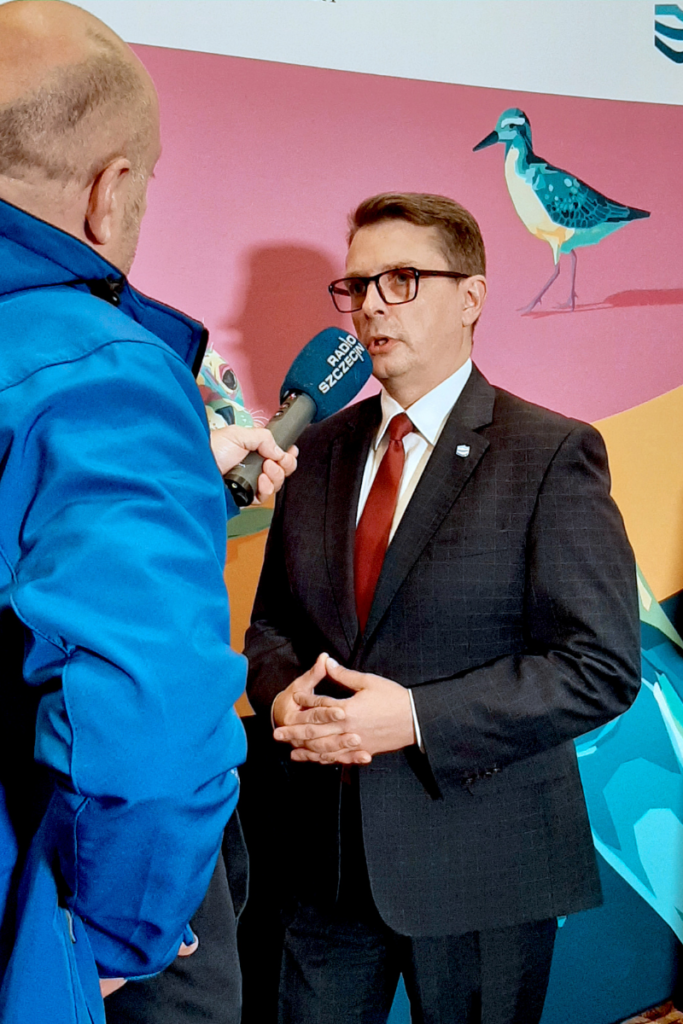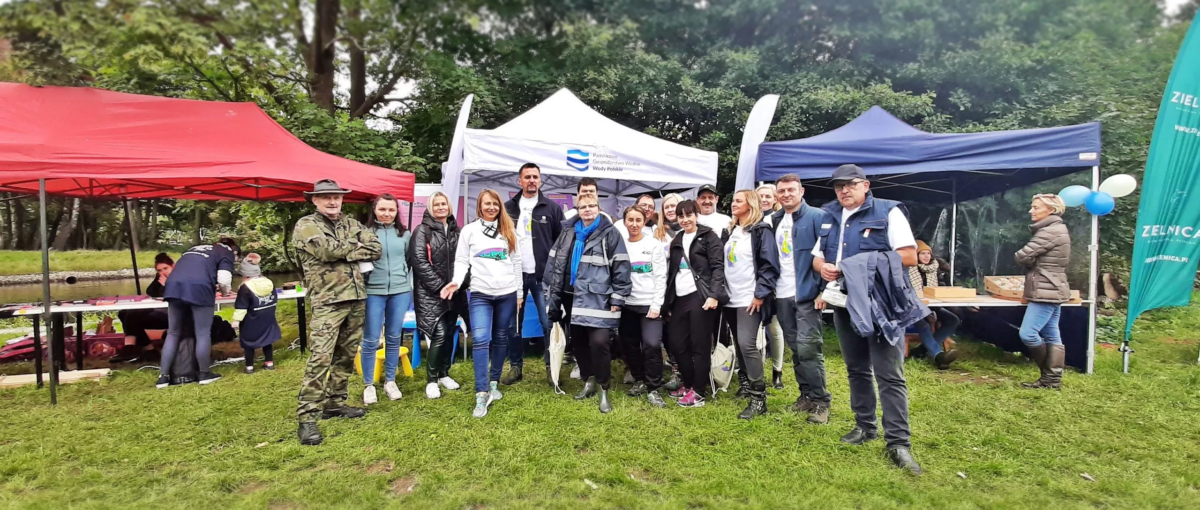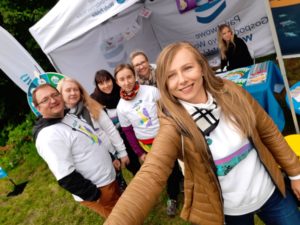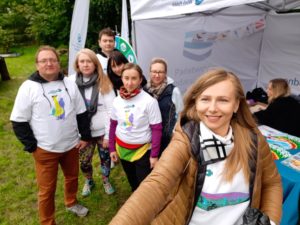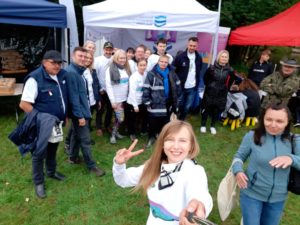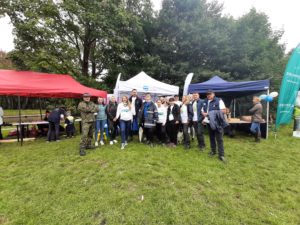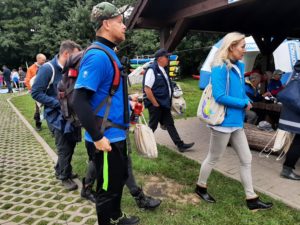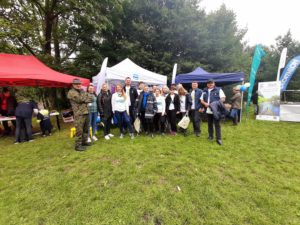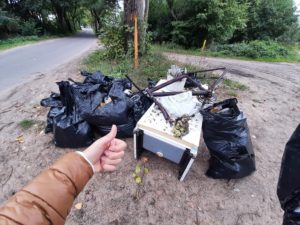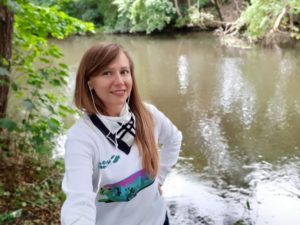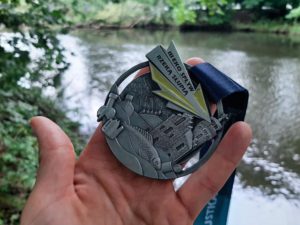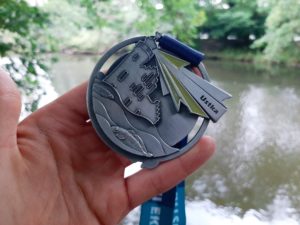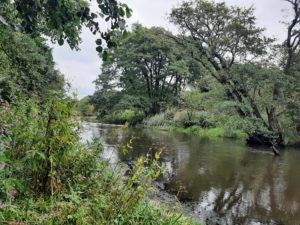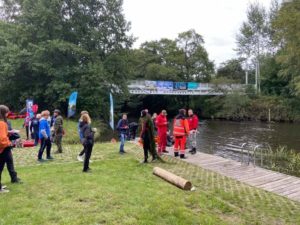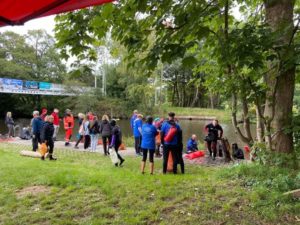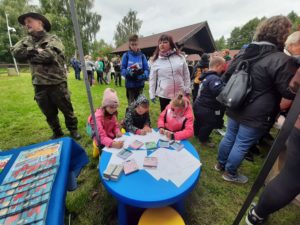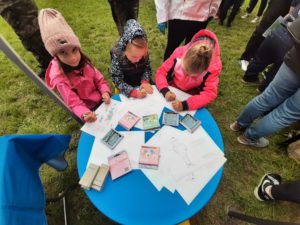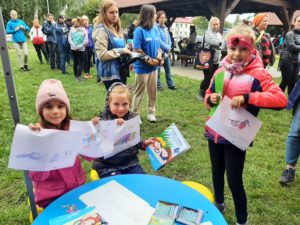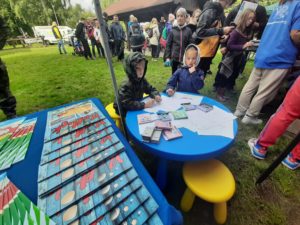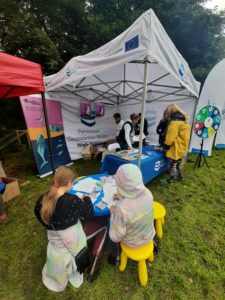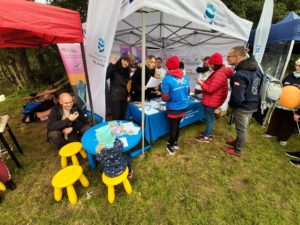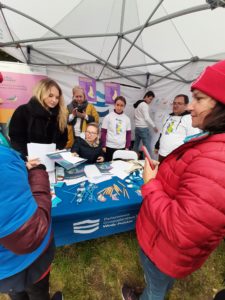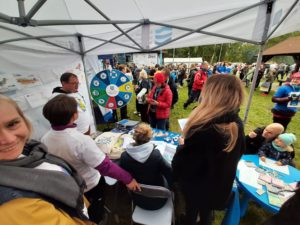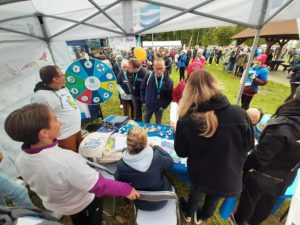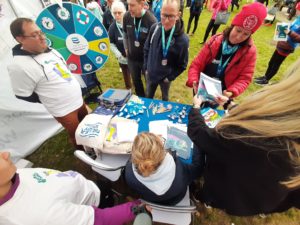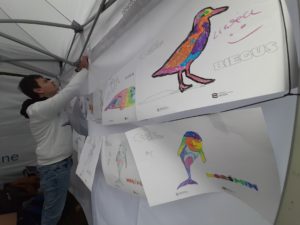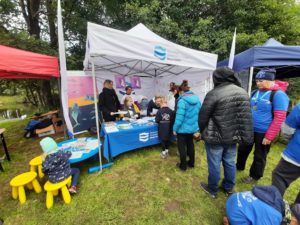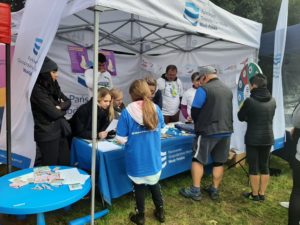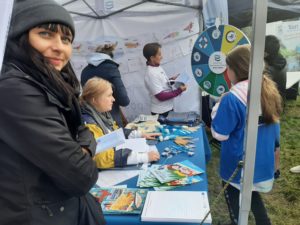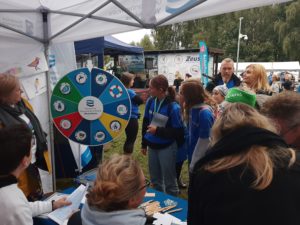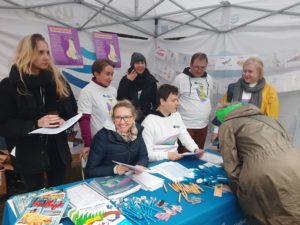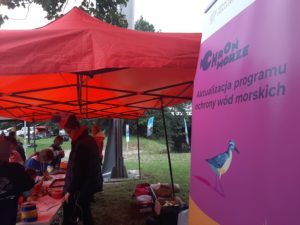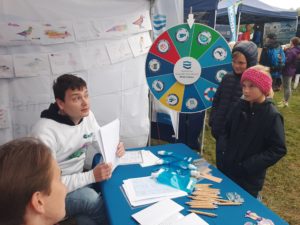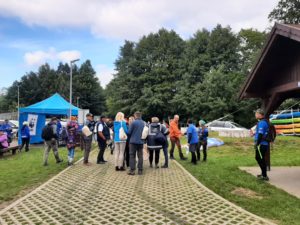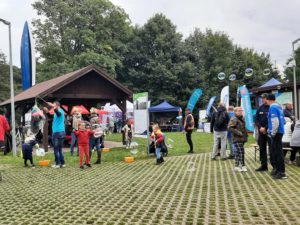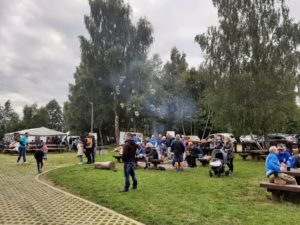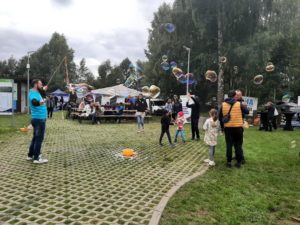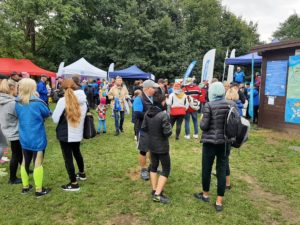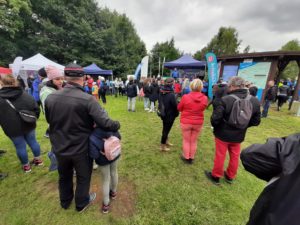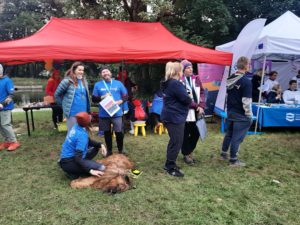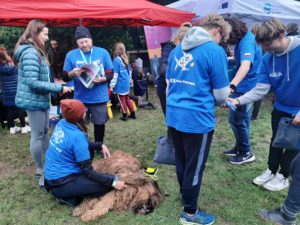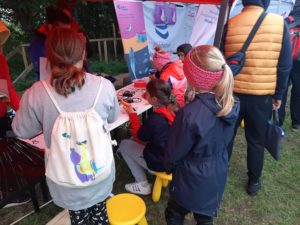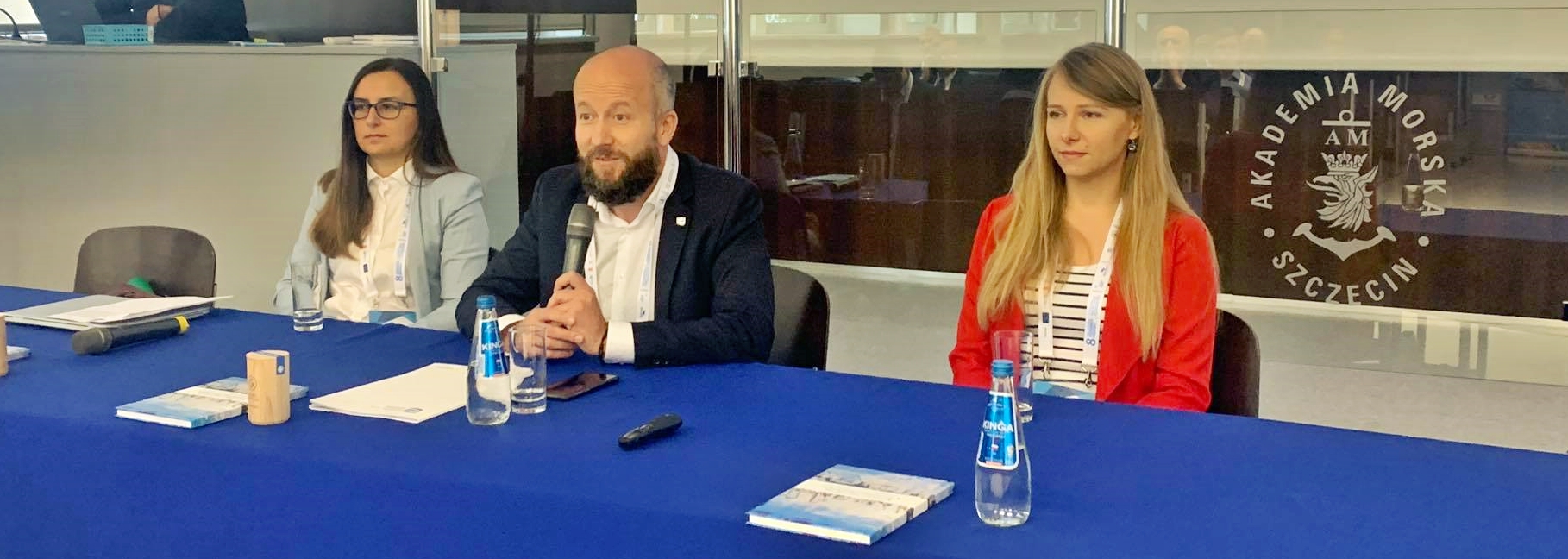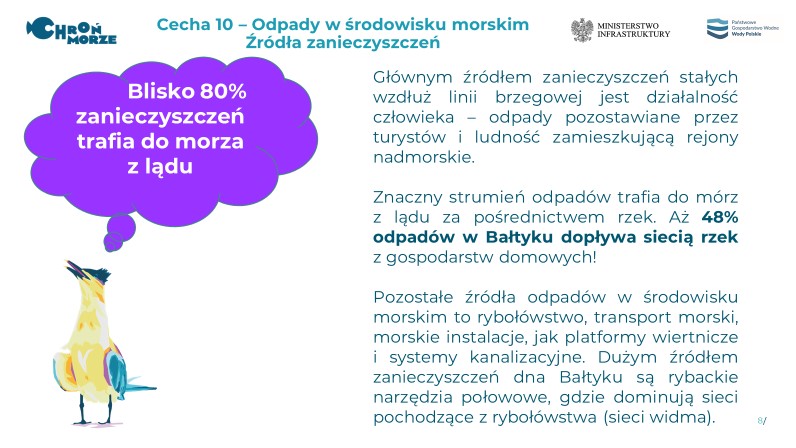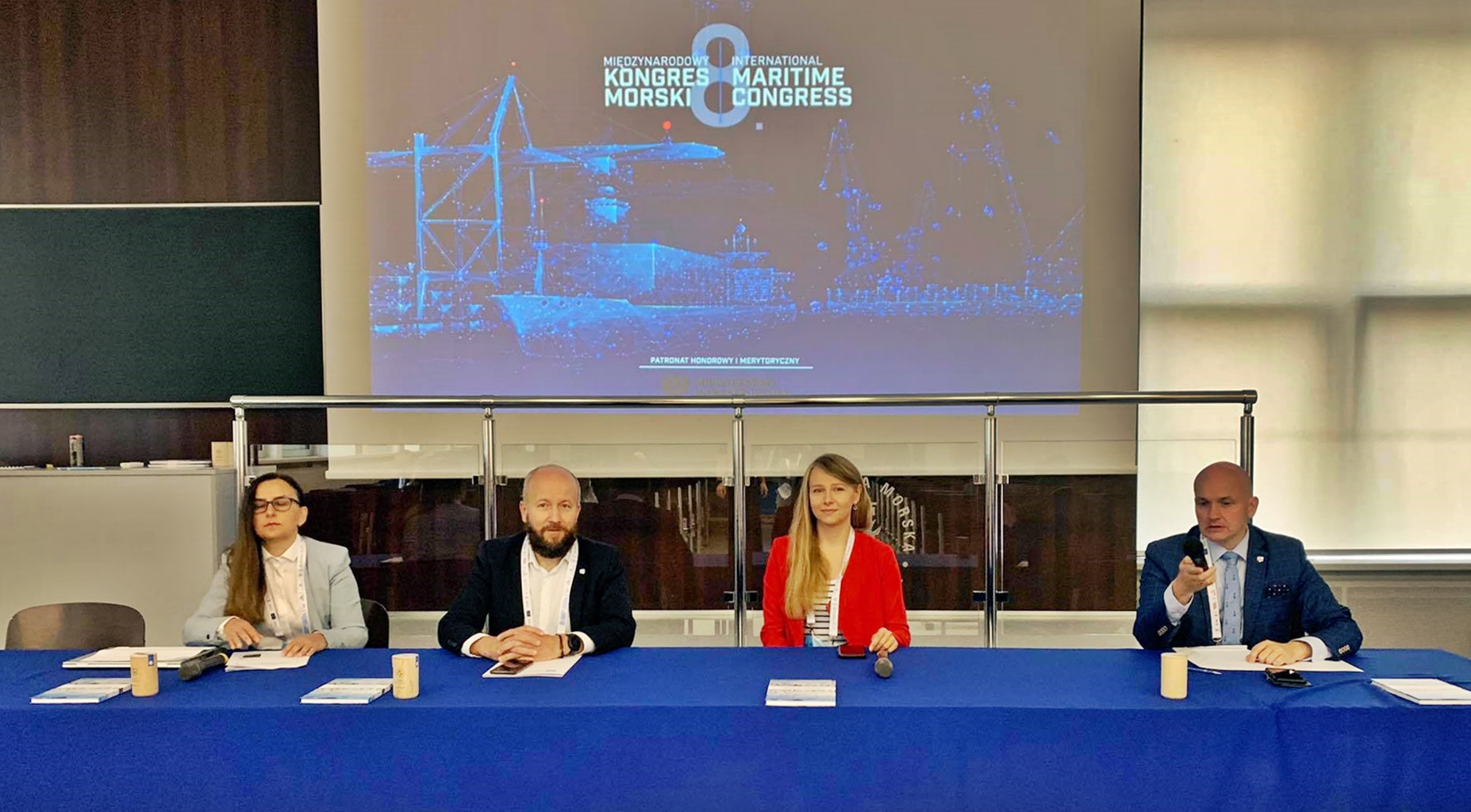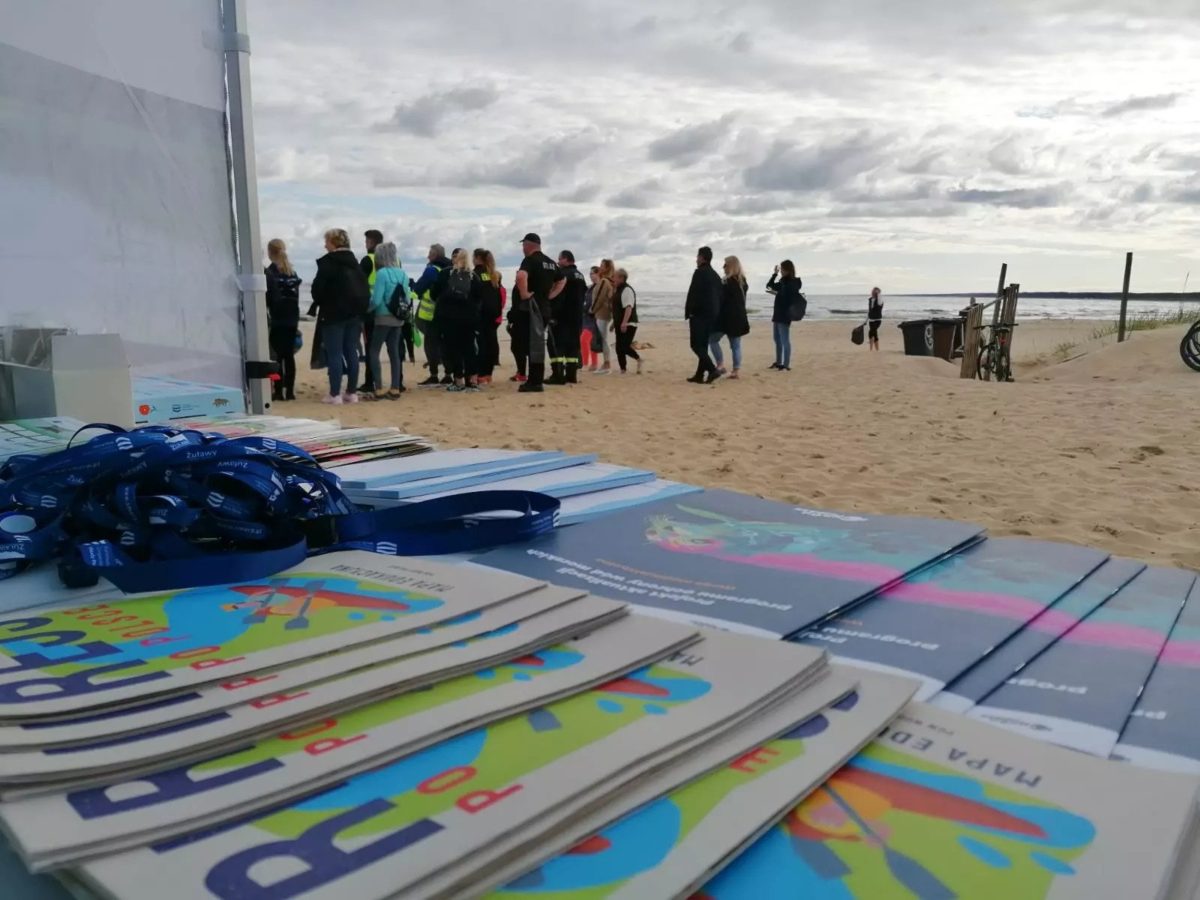
The nationwide conference “Protect the Sea” organized on October 5 in Szczecin ends the 3-month public consultation on the update of the Sea Waters Protection Program (aPOWM). The draft document, which envisages nearly 60 actions for the protection of the Baltic Sea, supplemented with submitted applications and comments, will finally be adopted by way of a regulation of the Council of Ministers.
The public consultation on the POWM update, which has been running since 5 July 2021, is the most important part of the campaign called “Protect the Sea”. This is the last moment when you can submit comments and proposals to the draft document. Anyone can do it, the easiest way is through a specially prepared form on the website: www.chronmorze.eu.
– It is too early to fully summarize the public consultations on the draft aPOWM document, but we note with satisfaction the increased interest of our society in the protection of the Baltic Sea. We are more and more aware that stopping its further degradation will not only improve the condition of our sea, but will allow us, with large financial outlays, to fulfill the activities to which we are obliged by international regulations. The state of the Baltic Sea is the litmus test of society’s activity throughout the country, therefore the future of the Baltic Sea depends on what we do well not only along the coast – said Paweł Rusiecki, Deputy President for Water Environment Management in the State Water Holding Polish Waters.
Involvement of thousands of people
The long-term goal of the sea water protection program is a clean Baltic Sea, rich in biodiversity. We will be able to achieve this by implementing activities planned in the program, assigned to various institutions. The Ministry of Infrastructure and the Polish Water National Water Management are responsible for their major part and coordination of the whole. All research confirms that the condition of our sea is largely influenced by economic and communal activity on land. As much as 48% of the waste in the Baltic Sea comes from households. Actions taken by dozens of organizations and institutions in various parts of the country to purify aquatic and dependent water ecosystems lead directly to the reduction of littering in our sea. The biological pollutants removed in time will not intensify the progressive eutrophication (overthrow the sea), and each collected amount of waste will reduce the contamination with plastic nanoparticles and other harmful or poisonous substances. Only during the September cleaning action of the Słupia river, over a ton of rubbish was collected. Annually, on a national scale, tens of thousands of people take part in similar actions, including employees of Polish Waters.
The Pomeranian Bay and the Szczecin Lagoon are endangered, as is the entire Baltic Sea
The main sectors of the economy and human activity directly dependent on the sea are shipping, fishing, tourism and leisure. The Szczecin Lagoon and the Pomeranian Bay are reservoirs of great importance for the Polish maritime economy. Navigation tracks run through the Pomeranian Bay, leading to the large Szczecin-Świnoujście port complex, as well as to the smaller ports of the Szczecin Coast and Słowiński Coast. – On the shores of the bay there are numerous attractive spas and holiday resorts, for which the purity of the waters is an important factor in their development. It is also a key parameter for the Szczecin Lagoon – an area with still high fishing efficiency – emphasized President Rusiecki. Also, the hydrographic conditions of the Baltic Sea have a negative impact on its self-cleaning capacity, which translates into low salinity of the reservoir and difficult water exchange with the North Sea (a minimum of 25 years is required for this). The effects of this are clearly visible in the coastal area administered by the Regional Water Management Authority of Polish Waters in Szczecin. – The Zalew Szczeciński is particularly vulnerable to degradation. This reservoir is constantly supplied with fresh, rich in nutrients and other pollutants, the waters of the Oder, one of the largest rivers in the entire basin. At the same time, the outflow and inflow take place through only three straits, similar to the exchange of the waters of the Baltic and the North Sea through the Danish Straits of little capacity, which noticeably affects the condition of its waters – explained Przemysław Gruszecki, Director of the Water Environment Management Department at PGW WP.
Rescue for the Lagoon and the Bay
Out of 59 activities planned in the aPOWM project, 8 are directly related to the Szczecin Lagoon and the Pomeranian Bay. The actions to save biodiversity in these reservoirs are particularly noteworthy: reduction of underwater noise in NATURA 2000 areas, where marine mammals, including porpoises, are the object of protection, reduction of activities at sea in the Pomeranian Bay, which causes high noise levels; reduction of accidental by-catches of porpoises and reduction of the woolly crab population. In addition, there is a harmonization of the activities of ports, e.g. in the field of creating a comprehensive system to prevent the formation of lost so-called ghost nets and exploring the feasibility of implementing the International Maritime Organization (IMO) guidelines on the control practice and handling of fouling organisms on board ships.
The aPOWM project also plans to prohibit the discharge of untreated sanitary sewage from passenger ships and to build infrastructure for their collection in Szczecin and Świnoujście, and to establish zones free from permanent interferences in the spatial development plans for sea areas and Natura 2000 protection plans. List of all activities with their justification is available in the draft document on the website: www.chronmorze.eu.
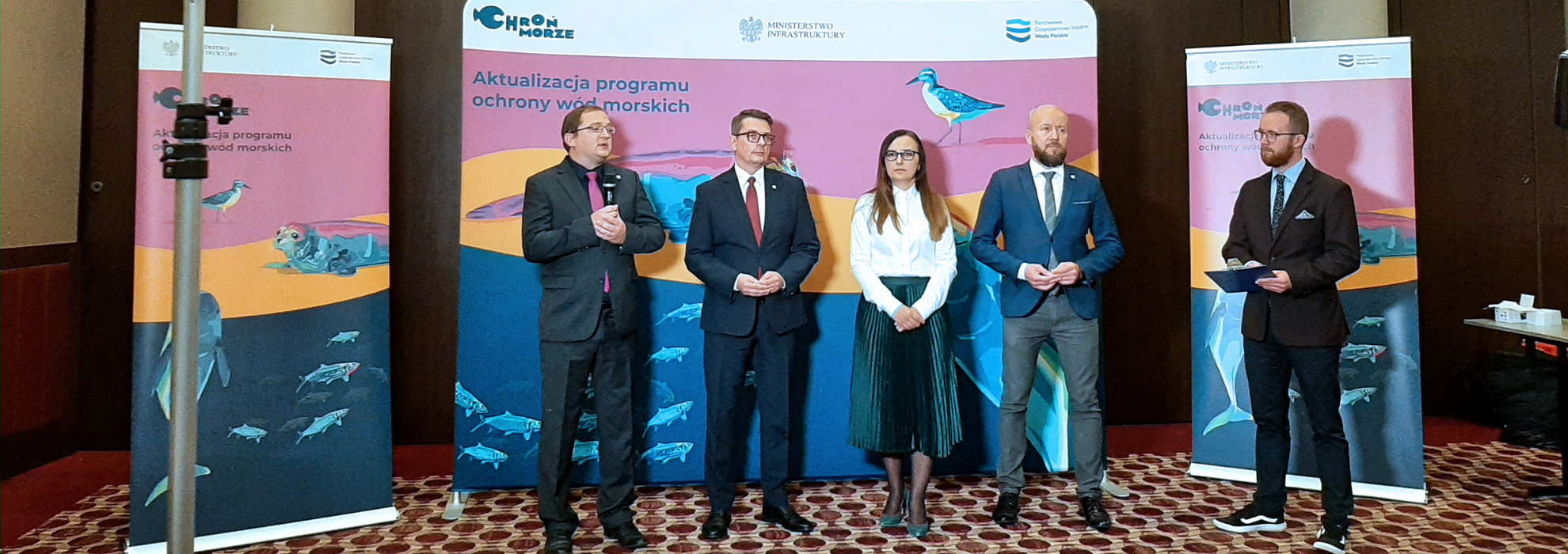 The briefing for journalists was opened by Małgorzata Bogucka-Szymalska, Deputy Director of the Water Management and Inland Navigation Department at the Ministry of Infrastructure
The briefing for journalists was opened by Małgorzata Bogucka-Szymalska, Deputy Director of the Water Management and Inland Navigation Department at the Ministry of Infrastructure
11 features of the Baltic Sea’s good environmental status
APOWM has planned a wide range of activities, from cleaning the beaches of rubbish and fighting underwater noise to systemic solutions to stop the eutrophication of the reservoir. It is a necessity, because the good condition of the marine environment, including the waters of the Szczecin Lagoon and the Pomeranian Bay, is determined simultaneously by as many as 11 features. These are:
- biodiversity,
- foreign species,
- commercially exploited species of fish and crustaceans,
- trophic chain,
- eutrophication,
- seabed integrity,
- hydrographic conditions,
- pollutants and their effects,
- pollutants in fish and seafood intended for consumption,
- waste in the marine environment,
- underwater noise.
Actions are planned in the aPOWM update to take into account the impact on each of these features. – To halt the degradation of the waters of the Baltic Sea, it is crucial to halt eutrophication, i.e. over-fertilization of the waters through the increasing presence of nutrients. The implementation of planned activities in this area may result in a reduction of nitrogen loads by over 60 thousand. tons and phosphorus by over 5 thousand. tons per year. However, it should be borne in mind that this is an extremely costly, complicated and long-lasting process that goes beyond the timeframe of the currently updated Program – emphasized Przemysław Gruszecki.
The directions of activities aimed at achieving good status of sea waters are indicated in international and national documents. Directive 2008/56 / EC of the European Parliament and of the Council of 17 June 2008 establishing a framework for Community action in the field of marine environmental policy (RDSM) requires Member States to take the necessary measures to achieve or maintain good ecological status in the marine environment, and its the assumptions were implemented into national law mainly by the provisions of the Water Law Act (Journal of Laws of 2021, item 624).
The update of the Sea Water Protection Program is complementary to other draft planning documents that implement the provisions of the Water Framework Directive, including the update of water management plans for individual river basins, flood risk management plans and the Drought Effects Counteracting Plan. The conference in Szczecin closes the process of public consultations on the aPOWM project, which started on 5 July 2021. According to the schedule, the project with the comments taken into account will be submitted in the form of a report to the European Commission by March 31, 2022. Ultimately, the update of the sea water protection program will be adopted by way of a regulation of the Council of Ministers, thus becoming a binding legal act obliging to comply with its assumptions and implement actions for the protection of the Baltic Sea by specific entities.
















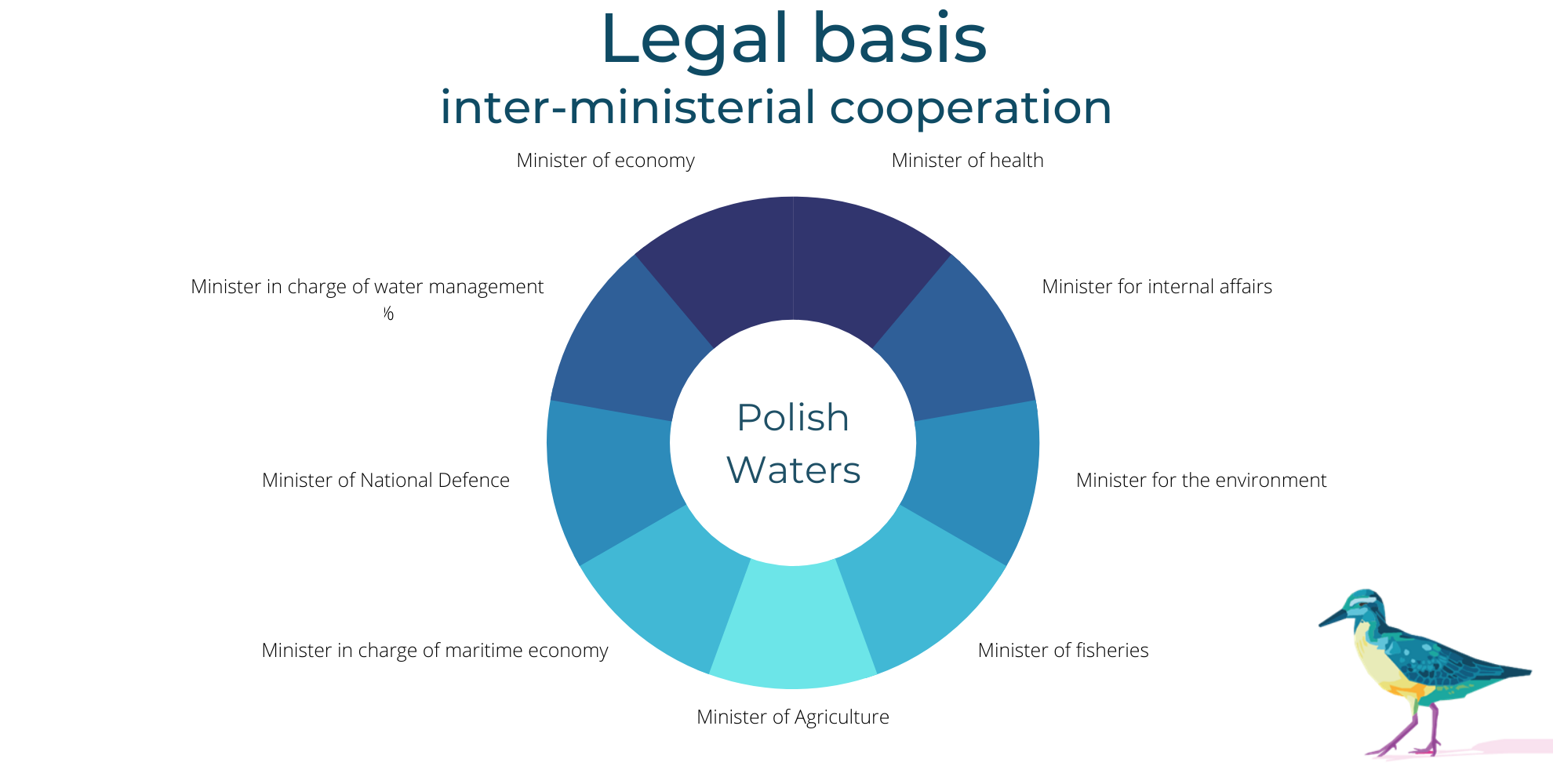
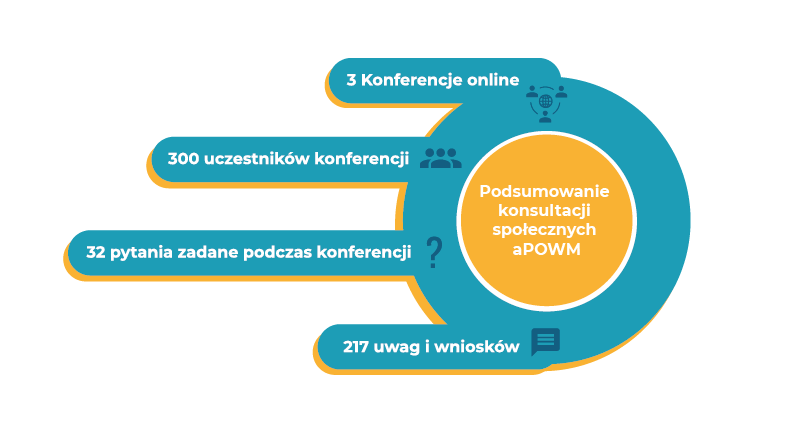
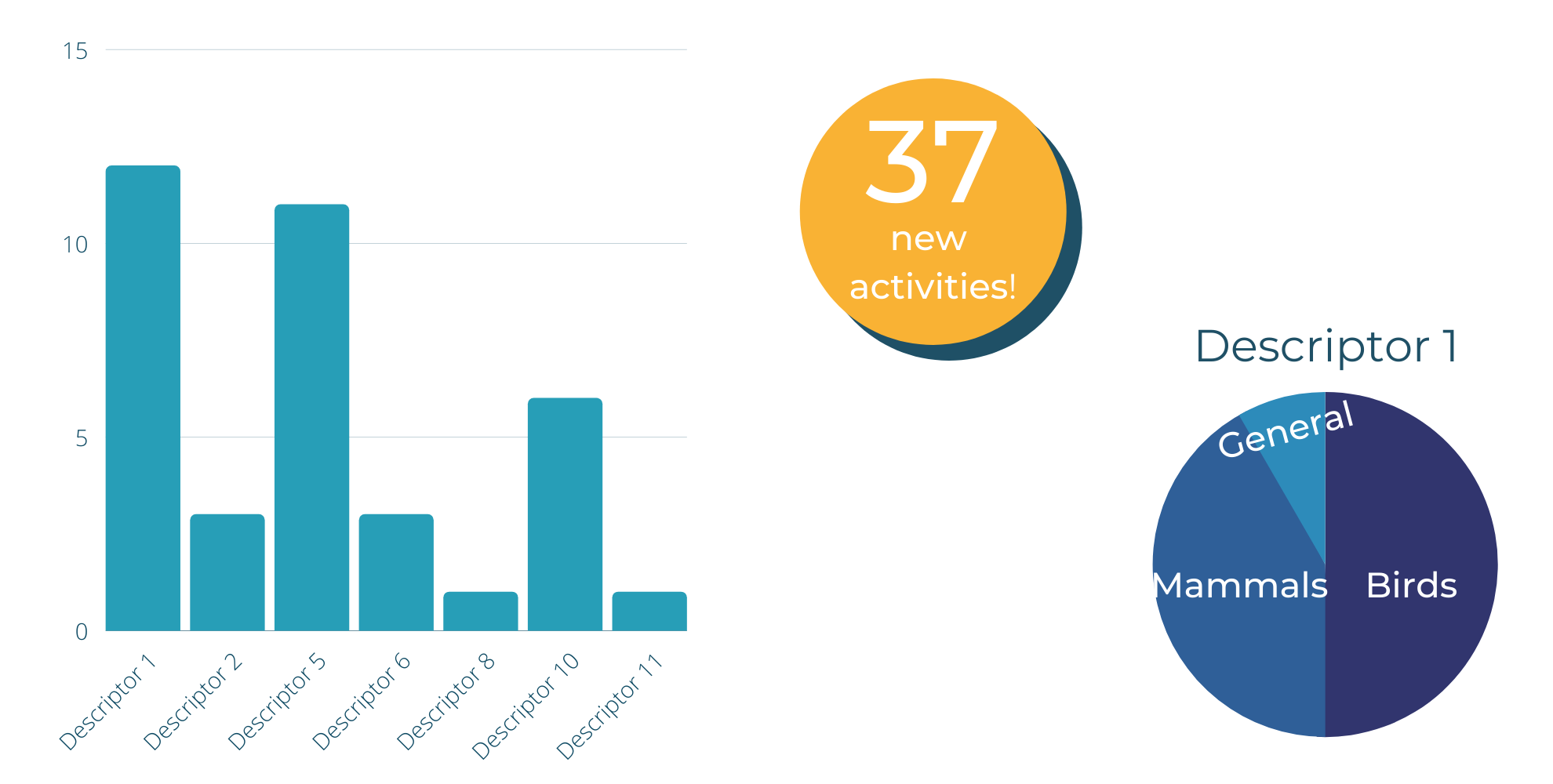

 In the broadcast of Polish Radio – Sygnały Dnia, Przemysław Gruszecki, director of the Department of Water Environment Management in Polish Waters, and Joanna Sasal, deputy director, talked about the program “Protect the Sea”. We cordially invite you to listen!
In the broadcast of Polish Radio – Sygnały Dnia, Przemysław Gruszecki, director of the Department of Water Environment Management in Polish Waters, and Joanna Sasal, deputy director, talked about the program “Protect the Sea”. We cordially invite you to listen!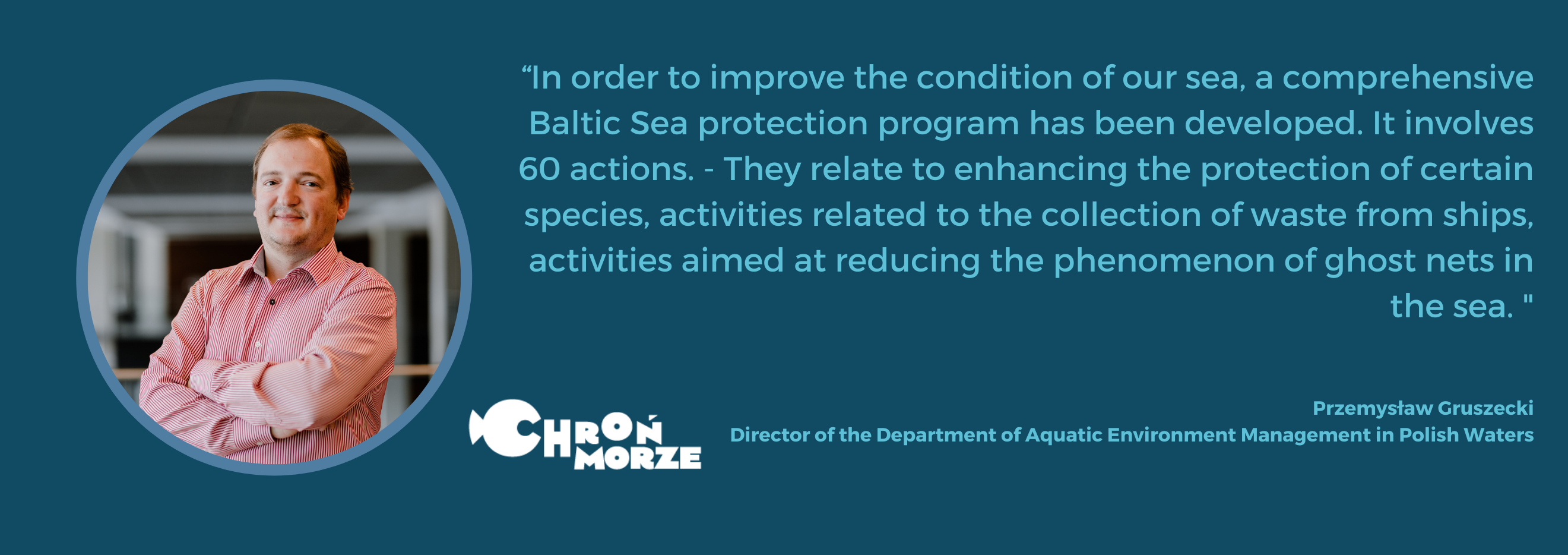
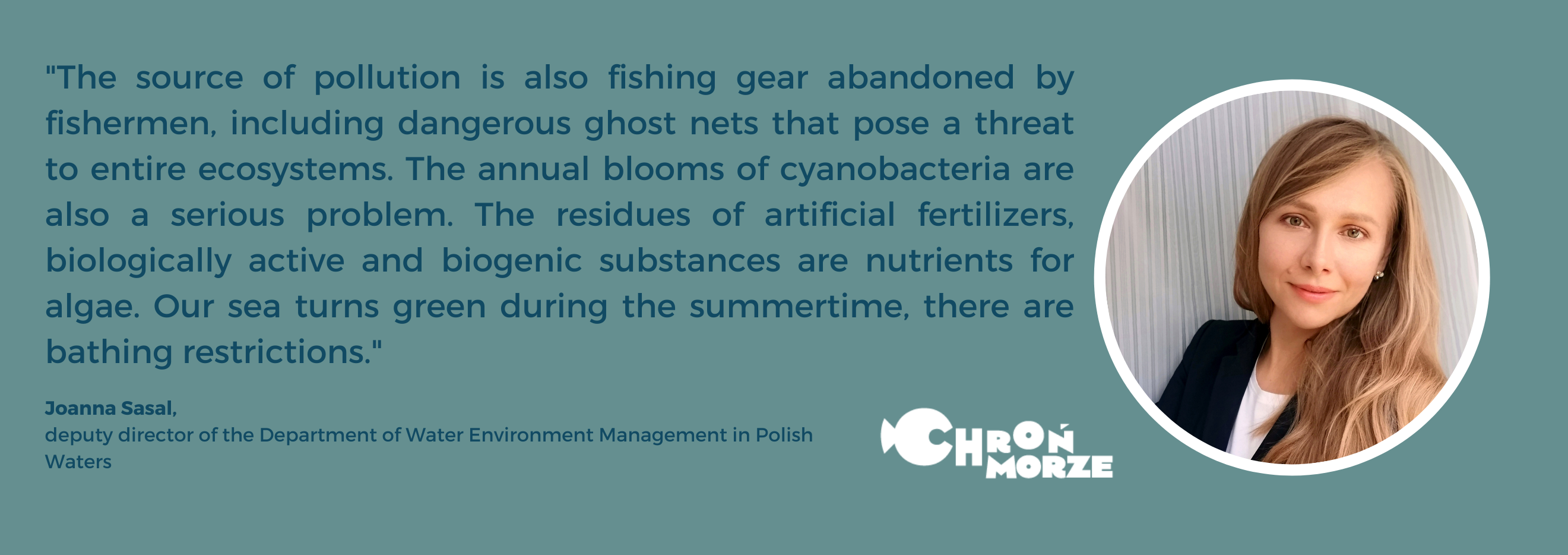

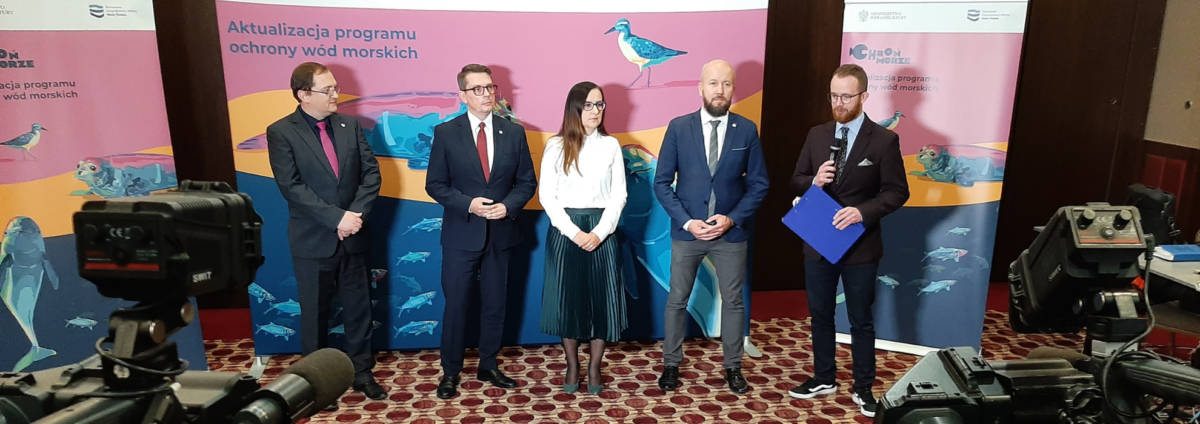

 The briefing for journalists was opened by Małgorzata Bogucka-Szymalska, Deputy Director of the Water Management and Inland Navigation Department at the Ministry of Infrastructure
The briefing for journalists was opened by Małgorzata Bogucka-Szymalska, Deputy Director of the Water Management and Inland Navigation Department at the Ministry of Infrastructure